Three Things: TechLawFest 2021

It turns out that doing three things on the same day is a disaster. On top of listening to this year's TechLawFest, I also took on a Microsoft PowerApps course together with my regular job. Who has the time to attend these multi-day events? Thankfully, many of the events are recorded, so you can still take part in them unless you are hungry for continuing education points.
TechLaw.Fest 2021TechLaw.Fest 2021
As such, hopefully, this post will help you get into the festival's key themes. Even if you can't fork out 30++ hours of your daily schedule going through all the content (including all that recorded waiting time for people to log on), you're going to sound smart with a list like this.
Thing 1: Lots to discuss in the Technology of Law
My favourite parts of the conference are the panel presentations:
This title was far too misleading — you're not going to hear so much about blockchain and whatever, but about what skills and knowledge lawyers today need to succeed in their field.
I liked this panel presentation a lot because of the battling viewpoints. It focuses on service delivery, too, i.e. whether to develop in-house or to outsource. The depth of the presentation will be beneficial if you have never really considered what it takes to implement technology changes in an organisation.
Finally, I was disappointed that the keynote speech did not focus very much on the leadership of firms (that isn't saying that the industry leaders in the Ministry, SAL, etc., are very focused on the issues). So I was glad that they created a space to discuss leaders in a panel. As a Singaporean, I was thrilled that at least one law firm in Singapore gets it. (Then again, Rajah & Tann is at the vanguard of all this.)
In a previous post, I did sound sceptical about the focus of the program, but there is something to take home for everyone. Now I need to find more time to watch all the sessions!
Love.Law.Robots. — 16 August 2021Welcome to another edition of this bi-monthly members-only newsletter. It features mini-articles curated just for members and little personal reflections.![]() Love.Law.Robots.Houfu
Love.Law.Robots.Houfu I previewed the festival a month earlier here. (Free subscription required)
I previewed the festival a month earlier here. (Free subscription required)
Thing 2: Signs of the Legal Tech Platform are taking shape
Sometime in October 2020, the Ministry of Law announced a 10-year technology and innovation roadmap, and one of the more concrete plans was a “legal technology platform”. If you want to be sceptical, a platform can mean anything and everything at the same time. A curated list of resources? A one-size-fits-all shtick? Do I have to give up everything to be on this system?
As this appears primarily for law firms, I haven't tuned in to this regularly. So, Wednesday was the first time I had a more concrete idea of this platform. In one word — Lupl. Artificial Lawyer recently wrote about it as well.
So, the gist is that you can bring your service onto the platform and use them in an integrated manner. You would then unite information silos from other technology platforms onto a single platform, looking at matters instead of disparate strands of communication.
 Source: Lupl (https://www.lupl.com/how-it-works)
Source: Lupl (https://www.lupl.com/how-it-works)
I initially thought the idea was lame. I couldn't understand how being able to view everything on one platform helps anyone. (There is already a platform that lawyers use all the time — it's called a laptop.) However, the conference has reduced my scepticism a lot. Seeing some screenshots, I think the unifying concept is “Tasks”, so it is more value-added rather than a supercharged Zapier.
For law firms in Singapore, the game-changer will be integrating with government services, especially eLitigation, ACRA and other government searches. Astute readers might be upset. Shouldn't the Ministry develop APIs to allow access to these government services instead of creating or working exclusively with a proprietary platform? Hopefully, public APIs become a collateral benefit of the platform, rather than the Ministry putting the cart before the horse.
The parties who are likely to benefit the most from this platform are small law firms. If I have the same dream as the Ministry, law firms with no legal technology (Microsoft Outlook and Word don't count) will “tech-celerate” substantially by getting the whole package on this platform.
However, for small firms, evaluating the costs of this platform may be tricky. The platform's competition isn't other platforms or products but the status quo. As I understand it, charges will be based on interactions with the platform. Small law firms wouldn't have a clear idea on a quantitative basis how much they interact with technology and can't compare the costs and benefits of being on the platform. Many would have to jump in on a leap of faith. Many more wouldn't be bothered because they can't demonstrate the usefulness in their small businesses with thin margins. Hopefully, the Ministry will provide support to make this work.
Thing 3: Selling skills will be very challenging for the innovative lawyer

The usual paradigm for hiring lawyers is PQE (years of experience) and the areas of law in which you have expertise. These metrics are still crucial when you are hired for your substantive knowledge. However, things get somewhat dicey once you move past these traditional metrics.
It's all well and good to be well-versed in the legal issues of stuff like cryptocurrency, blockchain and artificial intelligence. The reality is that while technology law will be alive to lawyers on the cutting edge, the pie isn't big enough to hire so many cutting-edge lawyers. Not everyone wants to live on the bleeding edge, either.
As one of the speakers on the panel noted, having an e-commerce platform isn't only a TMT or IP issue. Issues like foreign investment, international trade law and contract law have a place. It isn't easy to imagine which area of law to focus on when you are a student. Indeed, there are subjects in law school I wished I had studied on, and others I never touch these days.
Furthermore, every lawyer should focus on his lawyering skills, not his tech skills. I have not heard of someone willing to hire a lawyer because of his coding skills. If I wanted a coder, I'd hire a coder! The competitive edge of a lawyer (even against robots) is always going to be lawyering.
Do coders need to learn to law?A course in the Singapore Management University aims to deliver the best of both.![]() Love.Law.Robots.Houfu
Love.Law.Robots.Houfu If you're a coder who wants to law, you have options. (Free subscription required to read)
If you're a coder who wants to law, you have options. (Free subscription required to read)
While I know software development and networking as an interesting person, I never use this in my day-to-day work. In any case, writing code for production is quite different from doing it for fun. So even if I know my way around the code, I would rely on a software developer for my software. Your first instinct is to get the tools required (software, people or consultants) to resolve your problems rather than build these tools yourself.
So there are specific skills that are important in a new technological age — managing a project, managing a team of lawyers and (gasp) non-lawyers, and process thinking and design. Above all, even when thinking about new technologies like blockchain, you will need imagination, curiosity, and entrepreneurial spirit. Technology and projects aren't always going to work in your favour — you will need resilience too.
How does one include “imagination” or “resilience” in his CV? When lawyers have been judged all their lives by their experience, recognising other skills and experiences that set them apart will be the real challenge in this new age. If the industry truly appreciates these skills, it will require them when they look for hires. That's when we can reasonably expect law students to do this technology thing.
Conclusion
I adore TechLawFest and am always trying to increase my participation every year. It wasn't easy to be involved when I was practising as you are always doing your day job. I'm thankful we will still have these events, and maybe next year, we will be there in person!
Enjoyed this post? You can read more about law and technology on Love.Law.Robots. and continuing to support my work by subscribing today. I post at least once a week and subscribers get a free members only newsletter. Thank you!
Subscribe to Love.Law.Robots. today!
#tech #TechLawFest #TechnologyLaw #LegalTech #Singapore #Law

- Discuss... this Post
- If you found this post useful, or like my work, a tip is always appreciated:
- Follow this blog on the Fediverse [Enter the blog's address in Mastodon's search accounts function]
- Contact me:
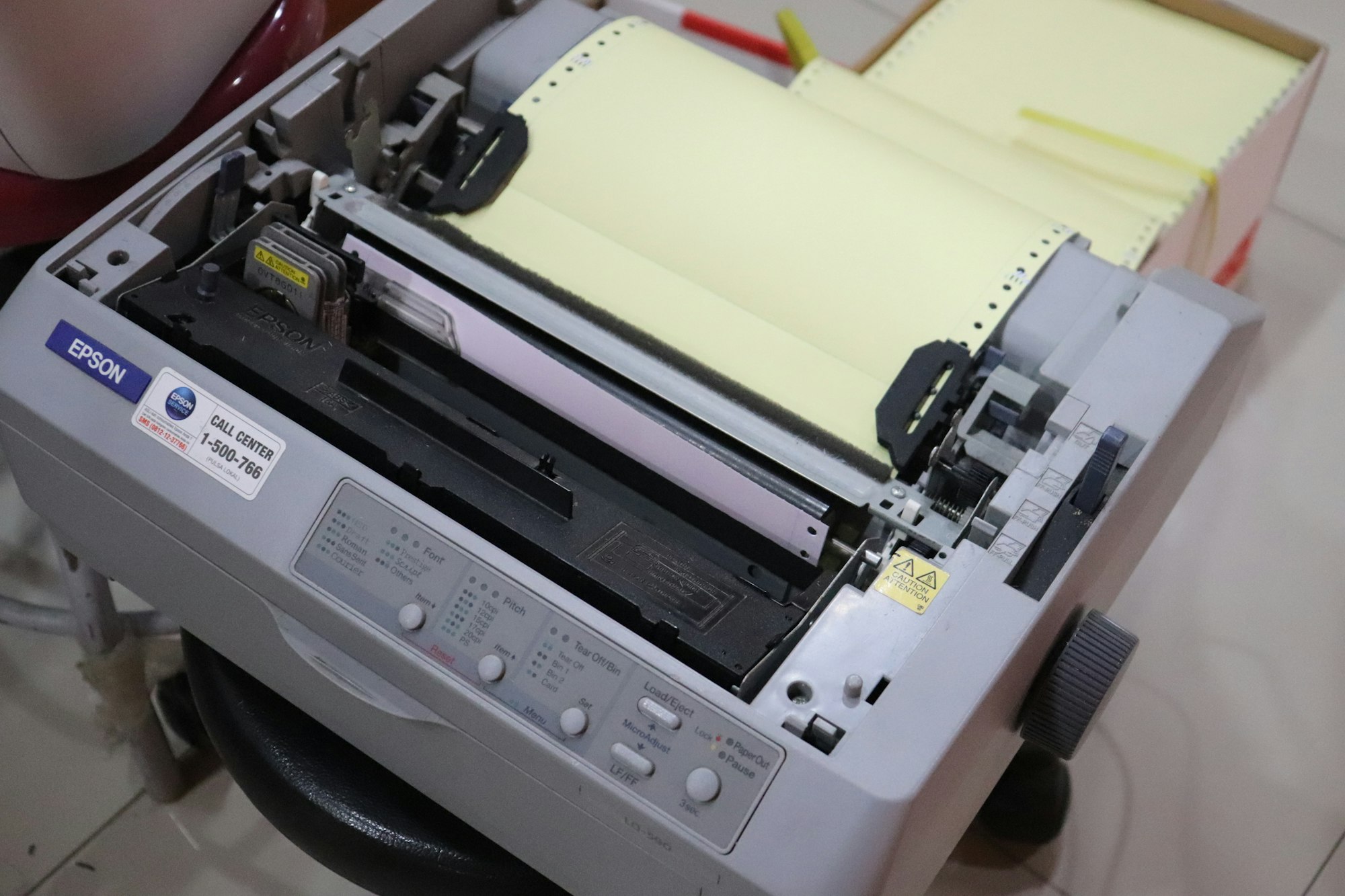
 Artificial Lawyerartificiallawyer
Artificial Lawyerartificiallawyer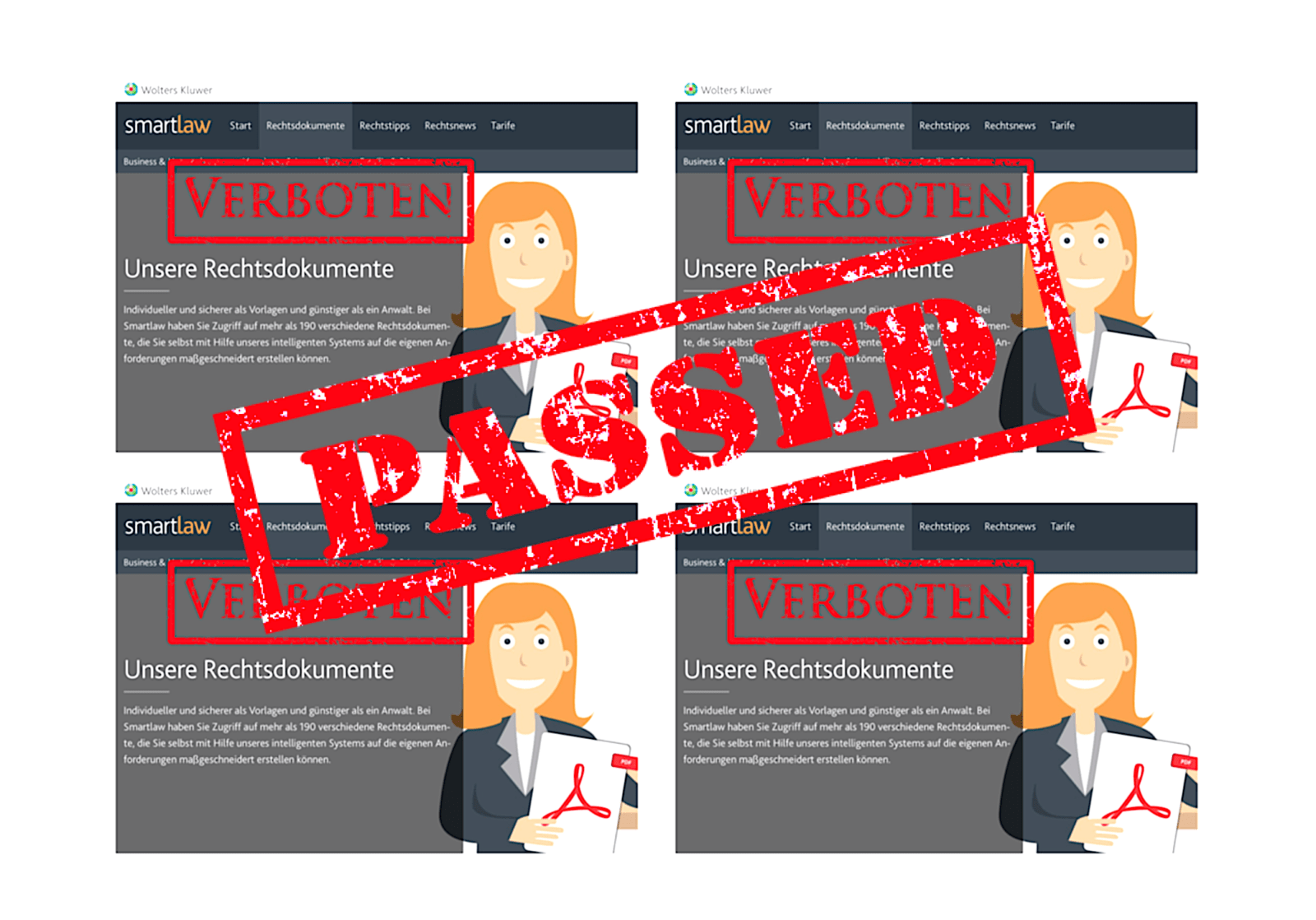
 Photo by
Photo by 


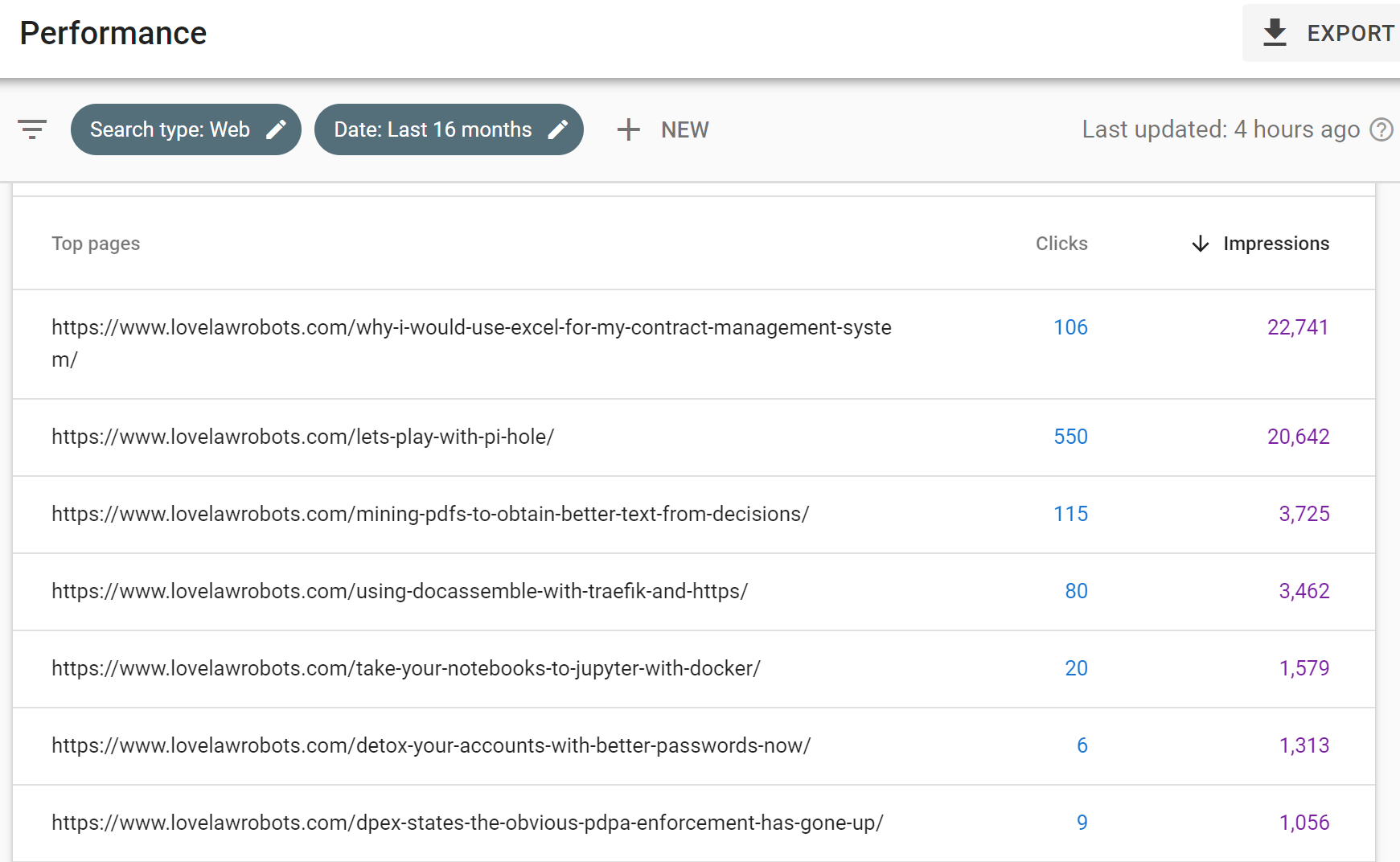
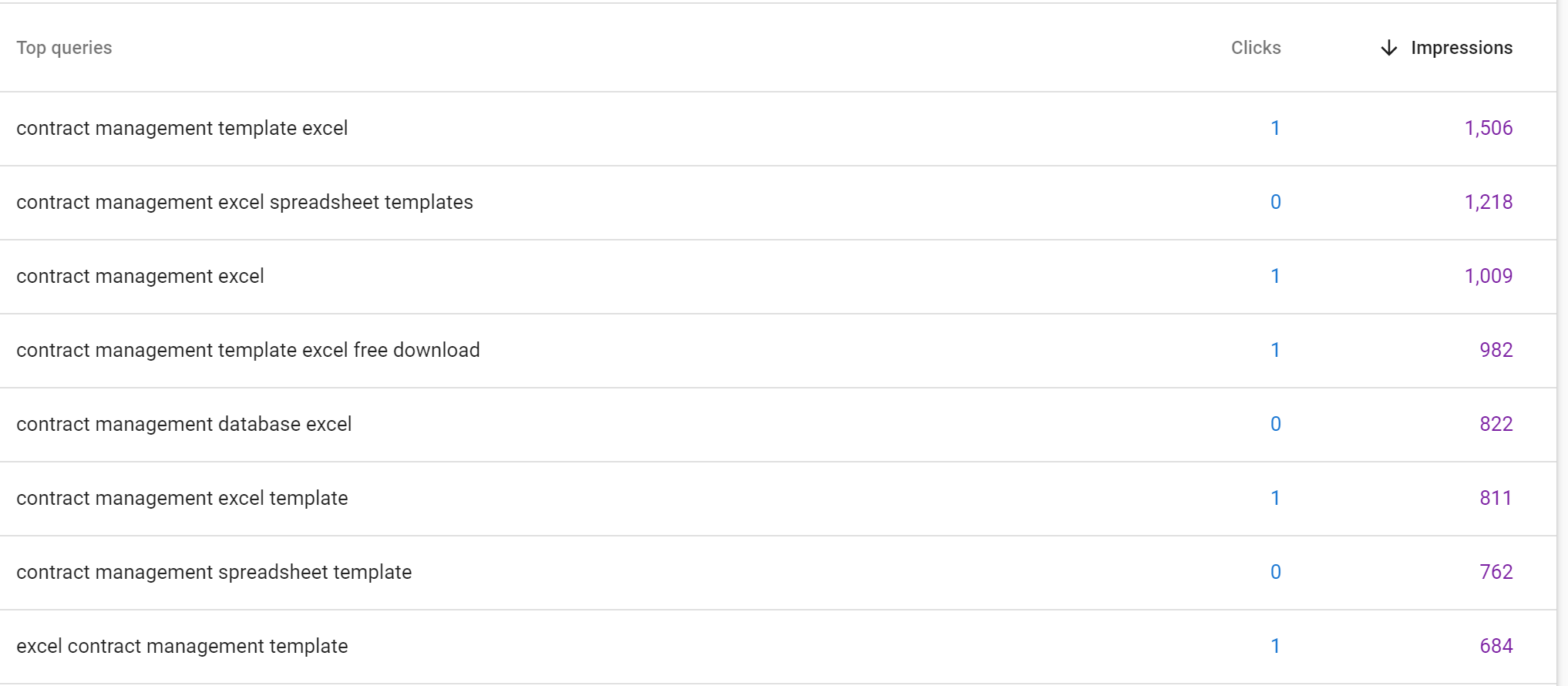


 Photo by
Photo by  Photo by
Photo by  Photo by
Photo by 


 Image by
Image by  Photo by
Photo by  Image by
Image by  Photo by
Photo by  Image by
Image by 

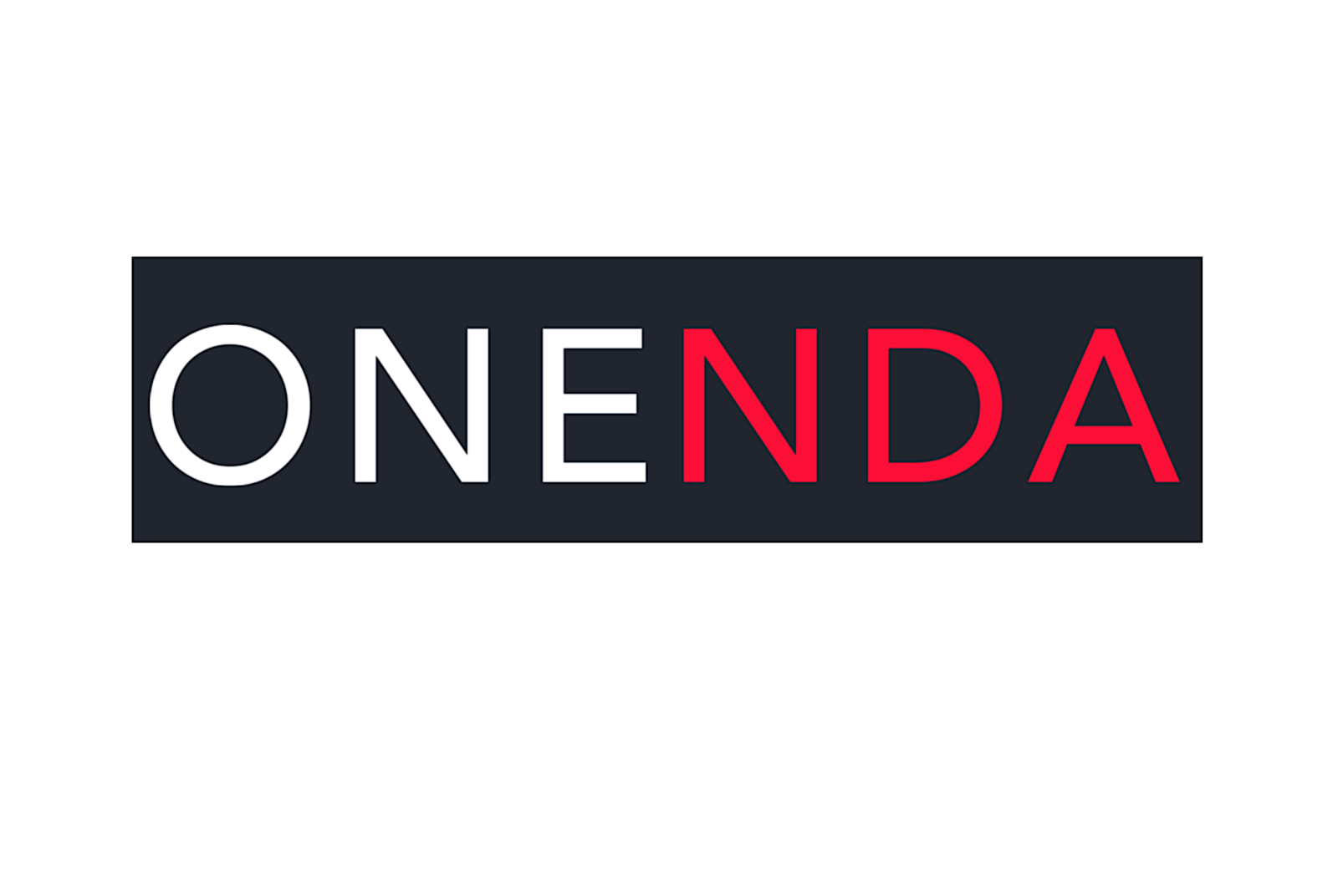



 Image by
Image by  Image by
Image by  The PracticeHLS Center on the Legal Profession
The PracticeHLS Center on the Legal Profession

 Notion
Notion

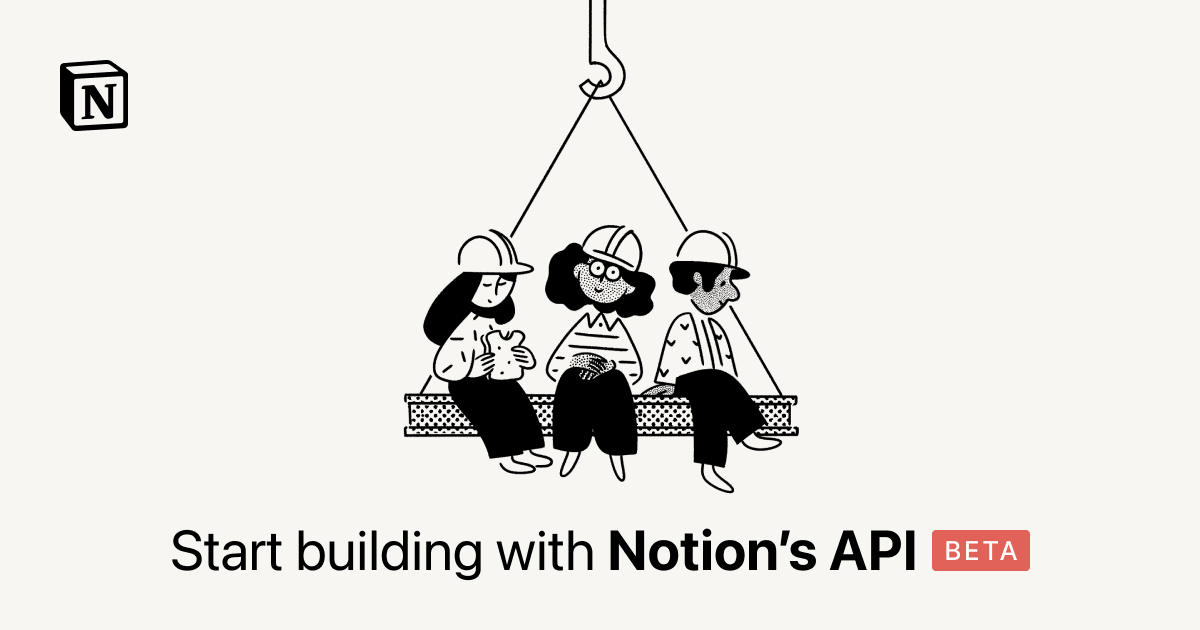






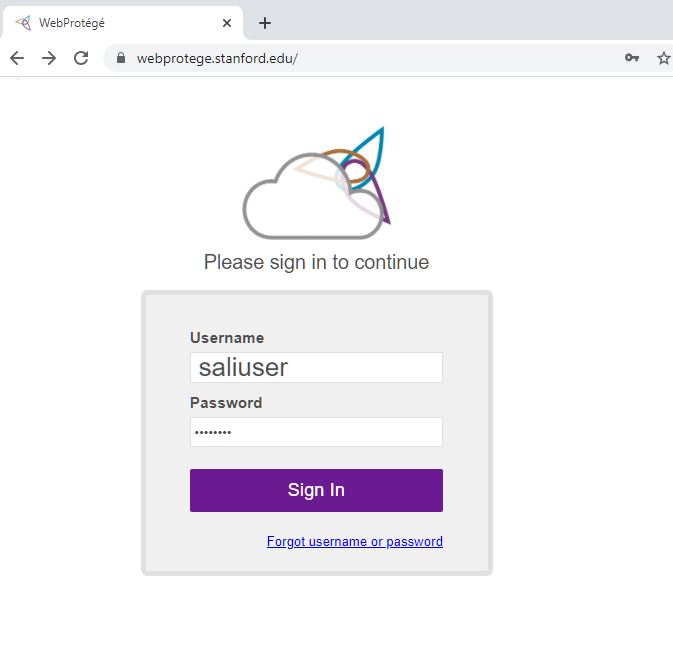

 Source: xkcd (
Source: xkcd (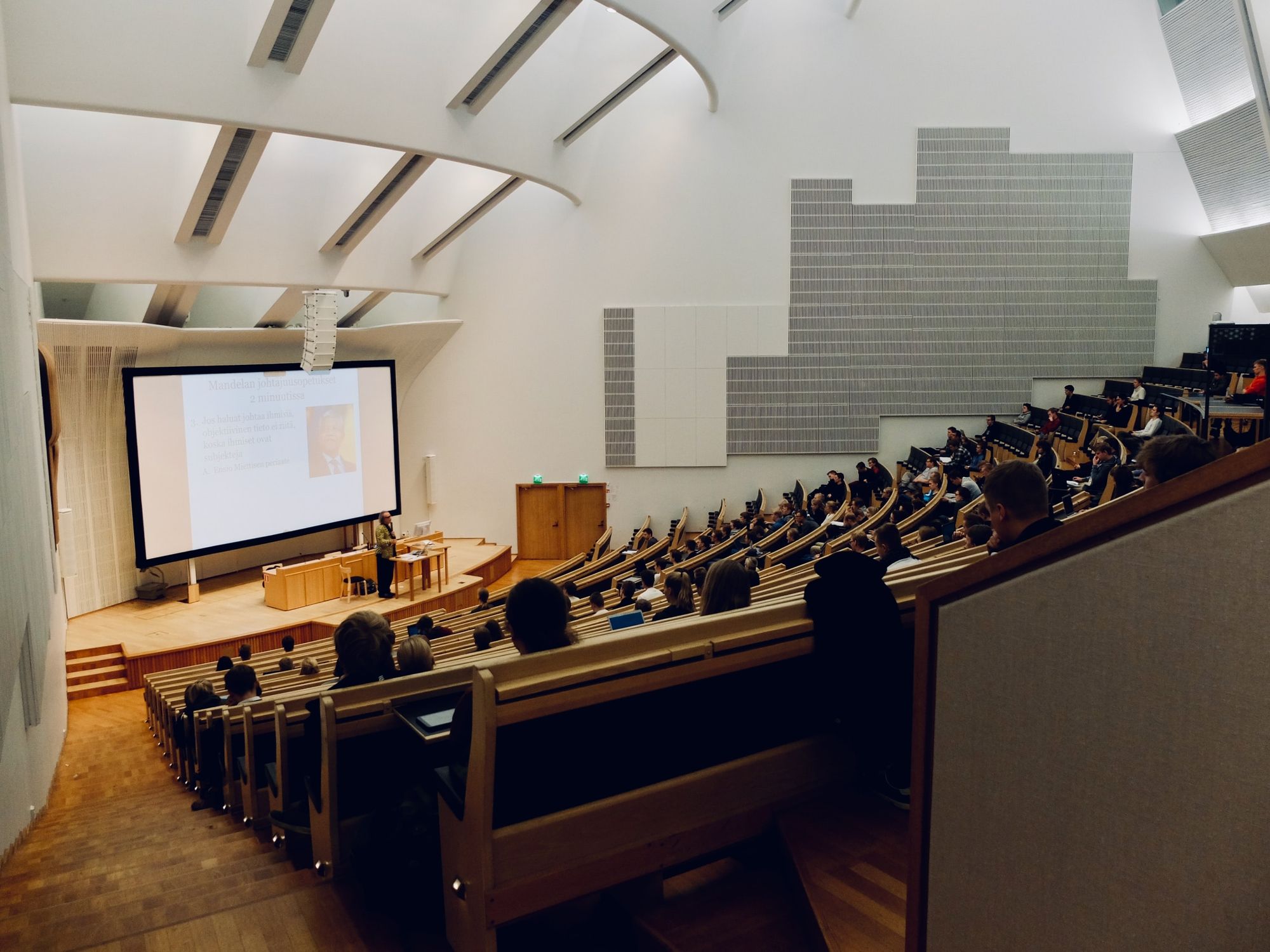
 Phang Goh and Soh “THE DEVELOPMENT OF SINGAPORE LAW: A BICENTENNIAL RETROSPECTIVE” at paragraph 62/page 32. (From
Phang Goh and Soh “THE DEVELOPMENT OF SINGAPORE LAW: A BICENTENNIAL RETROSPECTIVE” at paragraph 62/page 32. (From
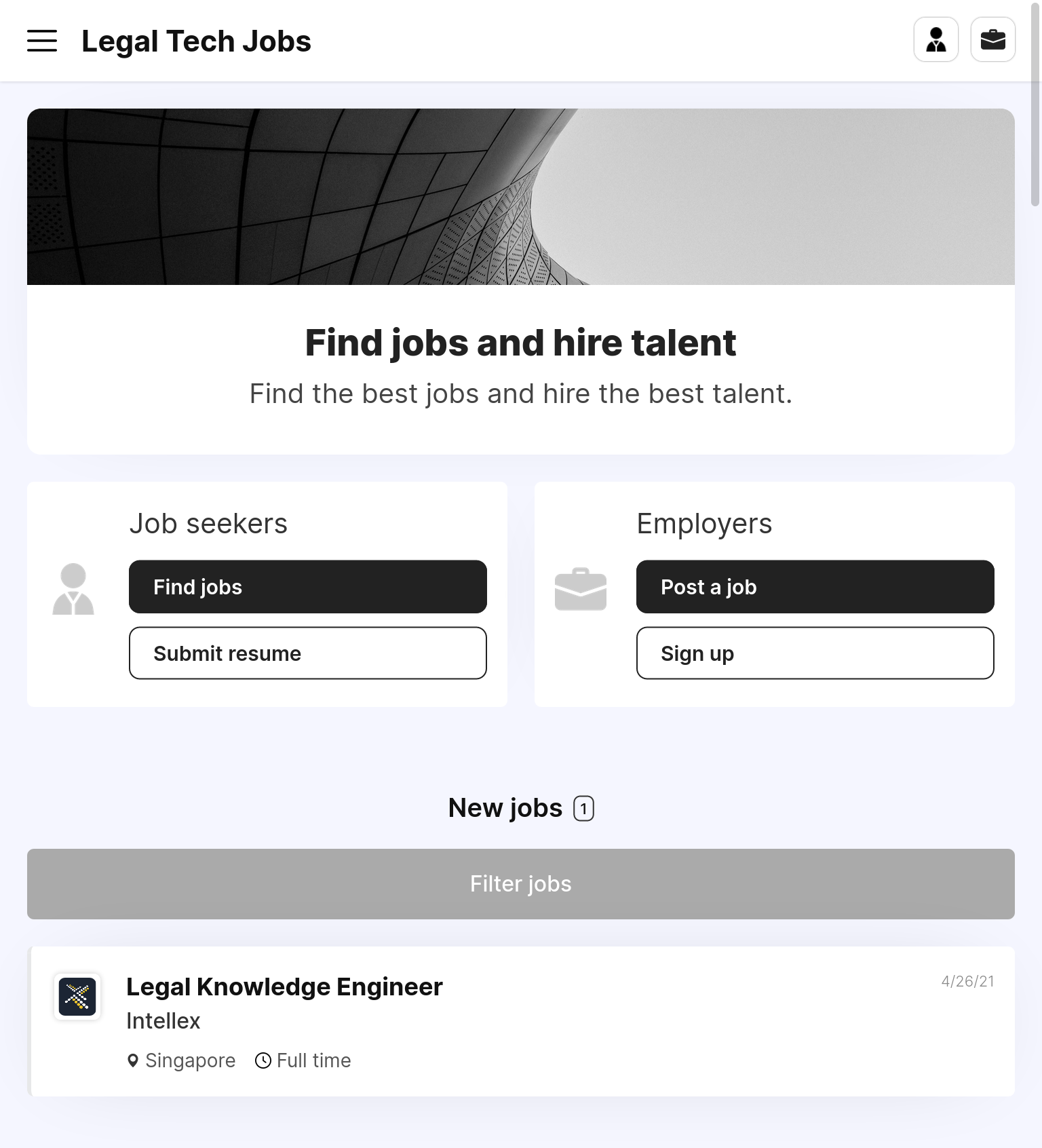 Legal Tech Jobs filtered for jobs with location “Singapore”. By the way, that single job does not require a computer science degree.
Legal Tech Jobs filtered for jobs with location “Singapore”. By the way, that single job does not require a computer science degree.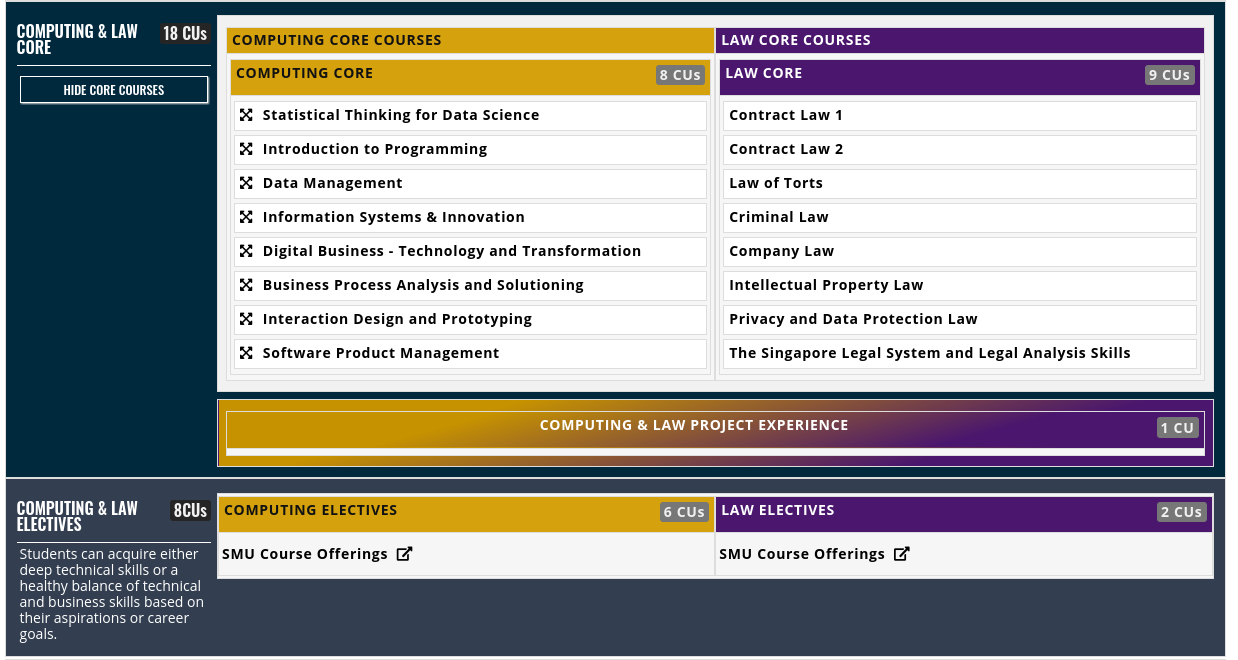 Screenshot from
Screenshot from 